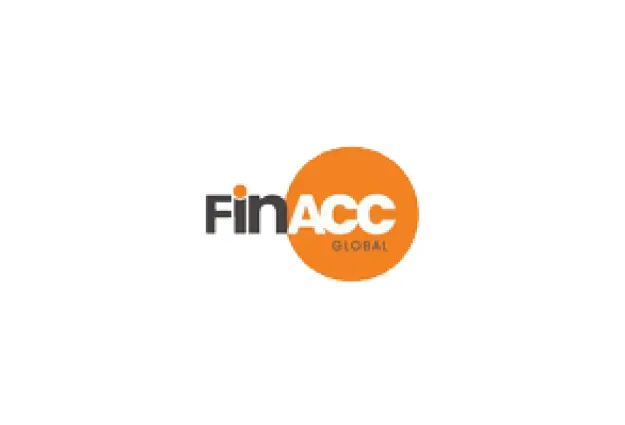It is always said that cash is the real king. Therefore be it a small or large business, the company needs to manage the cash effectively because cash management enables you to make it through emergency conditions and continue to run the business. Cash flow management is the method of delaying outlays of cash as long as possible while inspiring your customers to pay it as quickly as possible.
Cash Flow Basics
Cash flow is the movement of cash or funds in and out of business. Cash flow is basically of two types:
· Positive Cashflow
In positive cash flow, the cash coming into your account from accounts receivable, sales, etc. is more than the amount of the money leaving your businesses through payable accounts.
· Negative Cashflow
This cash flow occurs when your outflow of funds is more significant than your incoming fund. It generally means a struggle for business.
Profit does not mean Good Cash Flow
You can not just have a look over your profit and loss statement (P&L) and get a grip on your cash flow. Many other figures play an essential factor in your cash flow. These factors include accounts receivable, inventory, accounts payable, capital expenses, and taxation.
Know Your Breakeven Point
You should be aware of the fact when your business will become profitable, not your cash flow will be affected by it. Still, it will give you a goal for projecting future cash streams adverse profits and negative cash flow results in a combination. Focus your efforts on managing your cash flow to accomplish your goals.
Unmeasurable things are not easy to control
It is vital to find out the required amount of capital income to operate a business. First, you need to answer the following questions.
● How much cash do you need for work in advance?
● How much time does it take from paying your suppliers for the materials to bringing cash from the consumers?
● How much inventory do I want to hold?
● How many bills are overdue?
Tips to fix Cash Flow in Your Business
Now, we assume that you have a good idea regarding the Cash Flow basics. Here are the top tips for managing the cash flow of your business.
1. Long-Term Financing
Asset purchases like property and equipment should be financed with loans instead of your capital. It enables you to spread the payments. By doing this, you will save funds for your company operations, although you have to pay attention as well.
2. Short-Term Financing
Short-term financing, like a line of credit, can be used to bridge the gap between payables and receivables or make emergency purchases.
3. Delay Your Payments
The point may sound obvious, but it is often neglected unless there’s a worthwhile incentive for you to pay. Otherwise, you have to work out how late you can pay your sellers without damaging your relationship or risking late fees. It keeps the money in your account and out of your vendor until it is necessary to be there.
4. Liquidate Cash Tied Up with Assets
Excess inventory can quickly become useless and obsolete as customer needs change, and new materials are introduced. Unless the costs to keep it are minimal, the profits from a sale would be negligible considering the transaction.
5. Quickly recover your receivables
It’s easy to eliminate track and then neglect to follow up on an overdue account. Experience shows that the longer you remain out of contact with a customer, the less likely you are to recover the amount owed.
You can consider offering discounts to customers who pay their bills. Make it as simple as possible for the clients. Your clients can pay with a credit card as an example, and you can add a payment link on your invoice.
Best Techniques For Managing A Strong Cash Flow
● Know your business risks and prepare early
● Open a separate bank account for your firm
● Effectively analyze your inventory
● Always keep the extra fund in your account to cope up with emergency
● Apply effective systems to Control Cash Flow
● Cost-cutting is necessary
● Keep the cash growing
● Focus on Cash Flow instead of profit
Final thoughts on cash flow management
Profits are meaningless without cash. There are various examples in the market that went bankrupt because the amount of incoming money did not match the outgoing cash. Firms should learn how to do an adequate cash flow so that they can complete the investment requirement.




